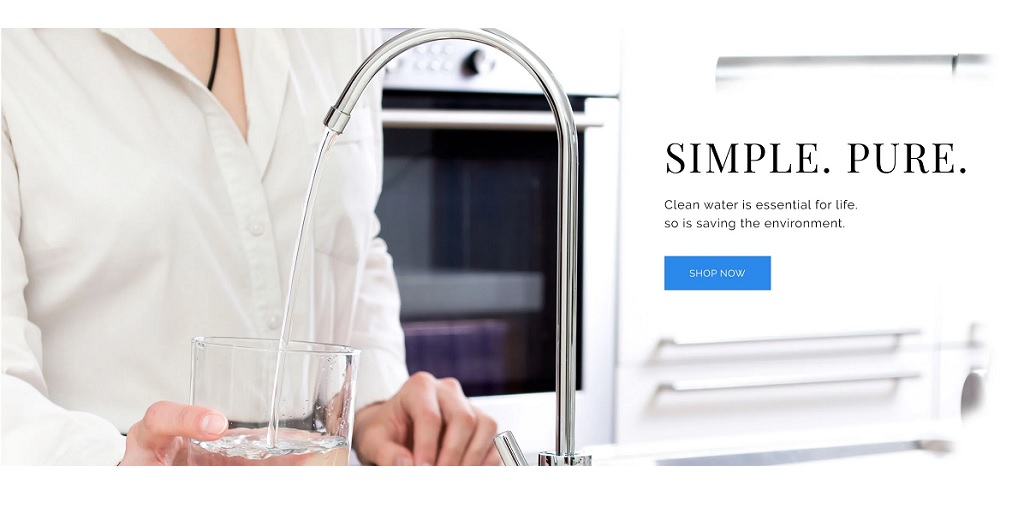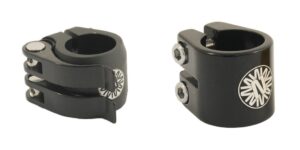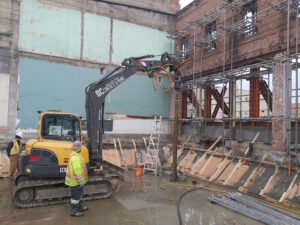
Water is a fundamental necessity for life, and the challenge for many large cities and sprawling urban areas is managing water scarcity and purity. Water supplies can be contaminated for many reasons, and with it being a limited resource, finding a water supply that is fit for human consumption can be a challenge.
There are now several solutions countries use for water management, such as Singapore’s NeWater project, which filters and purifies used water and reintroduces it into the supply. But not many countries have the budget or the support to do the same.
In many cases, individuals and organizations have to find other solutions to manage their water supply.
Water Supplies in Urban Areas
One problem facing cities when it comes to the water supply is the purity and cleanliness of their water supply. However, ensuring water purity in urban areas can be a complex task due to factors like pollution, aging infrastructure, and population growth.
The first step for managing water purity in a large city is to find a reliable source and protect it from pollution and possible contaminants. Source protection involves safeguarding the water sources, such as rivers, lakes, and groundwater, from pollutants like industrial waste, agricultural runoff, and sewage.
Measures can include strict regulations on waste disposal, buffer zones around water sources, and public education campaigns about the importance of protecting water resources.
The Treatment Process Begins
Once the water is sourced, it undergoes a rigorous treatment process to remove contaminants and make it safe for consumption. This typically involves several stages, including coagulation and flocculation to remove suspended particles, sedimentation where these particles settle, filtration to remove smaller particles, and disinfection to kill any remaining bacteria, viruses, and parasites.
Some organizations and residences add another layer of protection by adding a water filtration system in their homes and facilities. Many establishments use a system like Everpure water filtration systems, which could include steps like reverse osmosis or activated carbon filtration to remove specific contaminants.
Continuous Monitoring
Monitoring water quality is a critical aspect of managing water purity. Local water utilities officers should regularly test the water for a range of contaminants to ensure it meets health standards. These tests can detect everything from harmful bacteria and viruses to chemical pollutants and heavy metals.
Another aspect that should be part of continuous monitoring is Infrastructure maintenance and upgrades. Old pipes can leach contaminants into the water, while leaks and breaks can allow pollutants to enter the system.
If an organization or establishment uses an advanced filtration system such as Everpire water filtration systems, they should regularly change filter cartridges and other system parts. This ensures that the system will continue to do its job, and purify the water supply. Filtration systems that are not maintained can instead leach out contaminants that they are meant to filter out.
Many urban areas are now turning to smart technologies to manage water purity. For example, real-time monitoring systems can provide instant data on water quality, allowing for rapid response to any issues. Similarly, predictive analytics can help identify potential problems before they occur, such as predicting where a pipe might fail based on its age and condition.
A Group Effort
But water quality is not just the problem of one establishment or organization. It’s a concern that involves everyone, and educating residents is vital so they know how to save water resources and control the pollutants that may seep into the local water supply.
Managing water purity in urban areas is a multifaceted task that requires a combination of several strategies which involve everyone in the community. Whether you’re part of an organization or a simple individual wanting to live a healthy life, having access to clean water is one of the most important aspects of city life.


